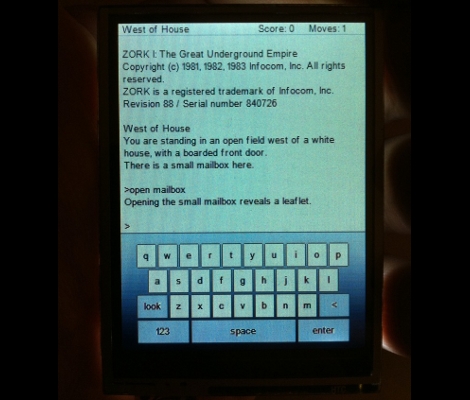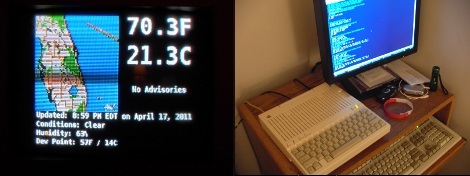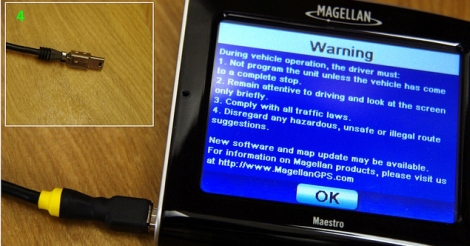
[Rossum] just finished porting Zork over to the Microtouch. This hardware, which he originally designed, is now available for purchase through Adafruit. It’s a tiny 320×240 TFT touchscreen, driven by an AVR ATmega32u4 microcontroller. The device draws power from a lithium battery, and also boast a USB connection and a MicroSD slot.
The hack here is getting Zork to run with the limited resources available on the device. [Rossum] needed to emulate the Z80 processor, but didn’t want to use extra hardware in the way that [Sprite_TM] did when he emulated a Z80 using an AVR. Instead, this is based on a stripped-down implementation of Frotz. The final code is too big to fit on the chip along side of the bootloader. This means you’ll need to use an ISP programmer in order to flash this example to the chip. We’re pretty sure that AVRdude can program the ATmega32u4, so pretty much any ISP (including an Arduino) can be used to do the programming.















